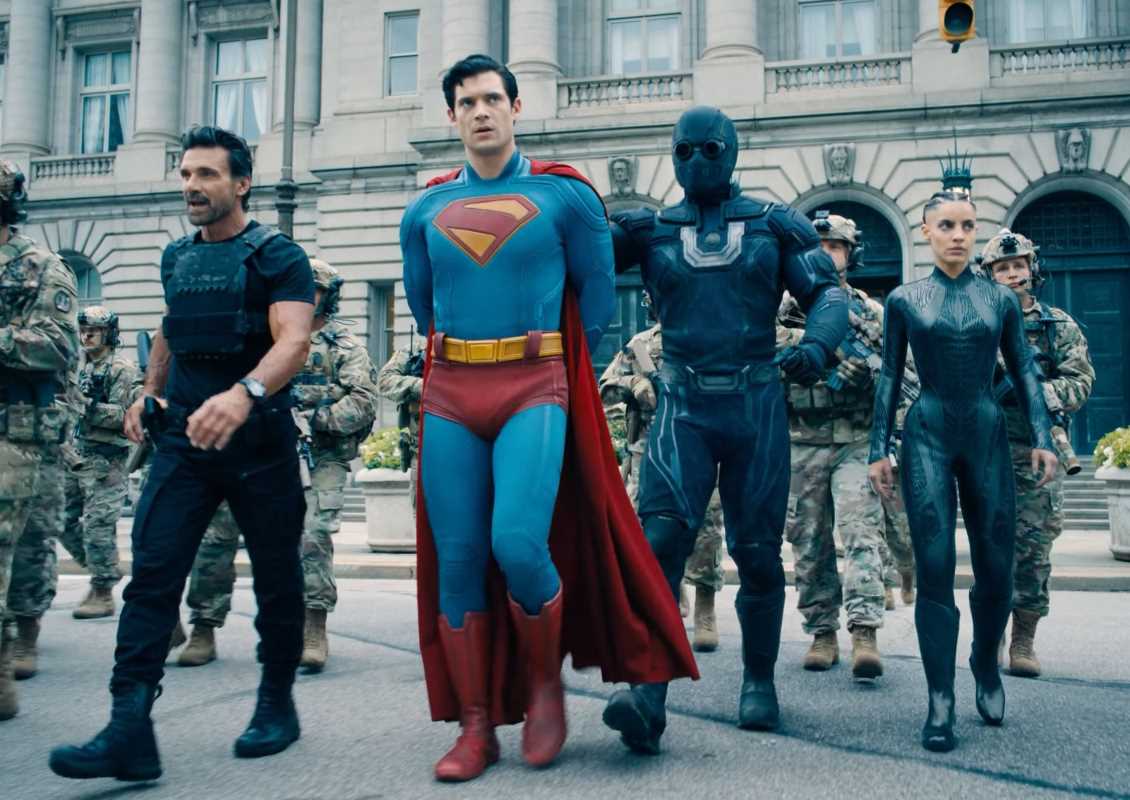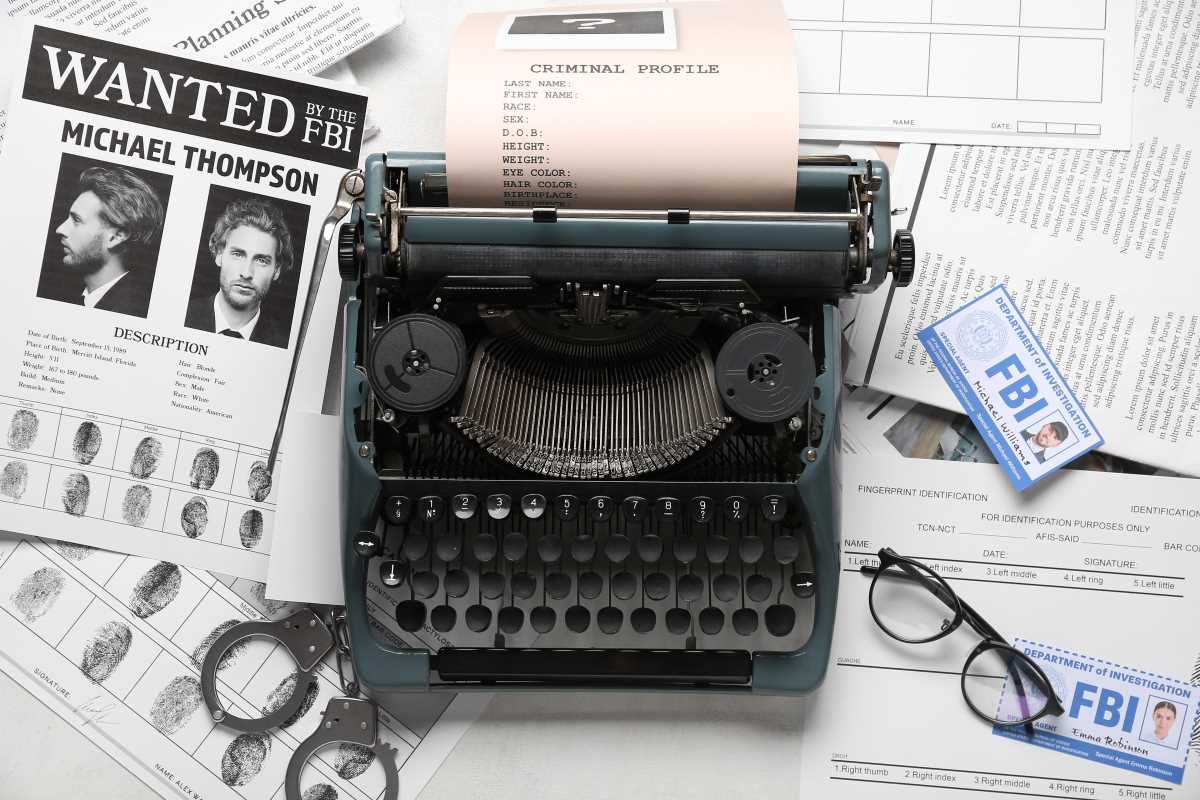Hollywood is the land of glitz, glamour, and big dreams. It creates stories that entertain, inspire, and often shape the cultural attitudes of society. But when it comes to racial representation, it’s safe to say that Hollywood’s track record has been, at best, mixed. While the industry has made some incredible strides in celebrating diversity and elevating voices from different racial and ethnic backgrounds, it has also stumbled repeatedly, perpetuating stereotypes and excluding marginalized communities from meaningful roles both on and off screen.
The conversation about racial representation in Hollywood is more important now than ever. It’s not just about who appears on screen, but also about who is telling the stories, whose perspectives are being prioritized, and whether those stories reflect the richness of the world we live in. Today, we’re breaking down the triumphs, missteps, and complexities of Hollywood’s approach to racial representation.
Breaking Barriers: Hollywood’s Best Moments in Representation
1. Films That Got It Right
From time to time, Hollywood has delivered groundbreaking films that champion diversity and redefine what representation can look like. These moments remind us of how powerful authentic storytelling can be when more voices are invited into the conversation.
- Black Panther (2018): Directed by Ryan Coogler, this Marvel Cinematic Universe blockbuster wasn’t just a superhero movie; it was a cultural phenomenon. Black Panther celebrated African culture, featured a nearly all-Black cast, and proved that films centering on Black characters could dominate the global box office. The film’s success was a major win for representation in mainstream cinema.
- Everything Everywhere All At Once (2022): A genre-bending masterpiece, this movie brought Asian American representation to the forefront. Starring Michelle Yeoh, Ke Huy Quan, and Stephanie Hsu, the film explored themes of multigenerational trauma, identity, and belonging. It highlighted complex, relatable characters instead of flattening them into stereotypes.
- Coco (2017): Pixar’s Coco was a heartfelt celebration of Mexican culture, centering its story around Día de los Muertos, or the Day of the Dead. The film brought authentic representation to a global audience, working closely with cultural consultants to ensure its portrayal of Mexican traditions was respectful and accurate.
- Crazy Rich Asians (2018): This romantic comedy was a landmark moment for Asian representation in Hollywood, featuring an all-Asian cast in a major studio film for the first time in 25 years. It celebrated Asian culture, family dynamics, and identity while breaking box office records worldwide.
- Moana (2016): Disney’s Moana brought Polynesian culture to the forefront, with a story deeply rooted in the traditions and mythology of the Pacific Islands. The film featured a Polynesian cast, including Auli'i Cravalho as Moana and Dwayne Johnson as Maui, and worked closely with cultural advisors to ensure authenticity.
2. Recognition at Awards Shows
For many years, award shows overlooked actors, filmmakers, and stories from underrepresented communities. However, there have been some standout moments of progress.
- Halle Berry’s Historic Win: Halle Berry became the first Black woman to win the Academy Award for Best Actress in 2002 for her role in Monster’s Ball. Her emotional acceptance speech reflected the gravity of the moment, though it’s important to note that no other Black woman has received the same honor since.
- Parasite’s Groundbreaking Victory (2020): Bong Joon-ho’s Parasite made history by becoming the first non-English language film to win the Oscar for Best Picture. Its success challenged the idea that international films couldn’t have broad appeal in Hollywood.
3. The Push for Diverse Storytellers
Hollywood has slowly begun opening doors for filmmakers and writers of color, leading to fresh perspectives and more authentic stories. From Ava DuVernay’s thoughtful explorations of race and history (Selma, When They See Us) to Taika Waititi’s comedic yet poignant takes on culture (Jojo Rabbit, Reservation Dogs), having diverse storytellers behind the camera makes all the difference.
Hollywood’s Worst Missteps in Representation
While there are bright spots, Hollywood’s history is plagued with egregious errors when it comes to racial representation. These missteps highlight the systemic issues that continue to pervade the entertainment industry.
1. Whitewashing
One of Hollywood’s most common and criticized practices is whitewashing, where white actors are cast to play characters of color, erasing opportunities for authentic representation.
- Ghost in the Shell (2017): Scarlett Johansson was controversially cast as the lead in this adaptation of a Japanese manga. Many argued that the casting ignored the story’s Japanese roots and took the role away from an Asian actor.
- The Last Airbender (2010): M. Night Shyamalan’s adaptation of the beloved animated series cast white actors in the lead roles, despite the show’s clear Asian and Inuit inspirations. Fans were outraged by this obvious disregard for the source material’s diversity.
- Doctor Strange (2016): Tilda Swinton, a white actress, was controversially cast as The Ancient One, a character originally depicted as a Tibetan man in the comics. This decision sparked debates about erasing Asian representation4.
- Aloha (2015): Emma Stone played Allison Ng, a character described as part Chinese and Hawaiian, which led to significant backlash for ignoring the character's ethnic background
- The Great Wall (2016): Matt Damon played the lead in a film set in ancient China, sidelining Chinese actors in a story deeply rooted in Chinese culture.
2. Reinforcing Stereotypes
Hollywood has a long history of presenting characters of color in stereotypical ways that dehumanize or oversimplify their identities.
- The “Magical Negro” Trope: Characters like John Coffey in The Green Mile or Dick Hallorann in The Shining exist primarily to help white protagonists achieve their goals, often sacrificing themselves in the process. These portrayals reduce Black characters to plot devices rather than fully realized individuals.
- Latino Representation as Criminals: For decades, Latino characters were overwhelmingly portrayed as gang members or drug dealers (think Scarface or Training Day). This skewed representation reinforced harmful biases and obscured the diversity within Latino communities.
3. Ignoring Nuance in Asian Characters
Many early films featuring Asian characters leaned heavily on offensive caricatures. From Mickey Rooney’s grotesque portrayal of Mr. Yunioshi in Breakfast at Tiffany’s to the exoticized “Dragon Lady” stereotype, these tropes contributed to a long history of Asian erasure and ridicule.
4. Lack of Opportunities
Behind the camera, the lack of diversity is even more stark. According to recent studies, minority directors and showrunners remain underrepresented in Hollywood. When decision-making roles are predominantly held by white men, stories about marginalized communities are often sidelined or misinterpreted.
Recent Efforts and Challenges
1. The Role of Movements Like #OscarsSoWhite
The #OscarsSoWhite hashtag launched in 2015 after all 20 actors nominated in the four acting categories were white for two consecutive years. The movement called out Hollywood’s lack of diversity and pushed for changes in the Academy of Motion Picture Arts and Sciences as well as the industry as a whole.
Since then, we’ve seen some progress, including expanded membership in the Academy to include more filmmakers of color. However, Hollywood still has a long way to go in ensuring that award nominations fully reflect the diversity of talent in the industry.
2. Streaming Platforms Leading the Way
Netflix, Hulu, and other streaming services have made it easier for diverse voices to find platforms. Shows like Never Have I Ever and Ramy tell specific, culturally rich stories that would’ve once struggled to find a home on traditional networks. Streaming platforms have expanded the kinds of stories being told, but representation gaps still exist.
3. Ongoing Tokenism and Performative Activism
Even with progress, many attempts at representation can feel hollow. Tokenism (where one character of color is included but given little depth) and performative gestures that don’t lead to real change remain frustratingly common. True diversity requires a shift in who gets hired, whose stories are told, and how they’re told—not just surface-level fixes.
What Hollywood Needs to Do Better
Fixing Hollywood’s representation problem requires a systemic overhaul. Here’s what needs to happen:
- Prioritize Diverse Leadership: Hire more filmmakers, producers, and writers of color to ensure that authentic voices are shaping projects from the top.
- Avoid Stereotypes and Tokenism: Invest in stories that showcase the complexity of marginalized communities instead of flattening them into clichés.
- Cast with Purpose: Ensure casting reflects the diversity of the real world, and don’t shy away from giving lead roles to actors of color.
- Commit to Long-Term Change: Representation isn’t a trend; it’s a necessary commitment to fairness and inclusivity.
 (Image via
(Image via





